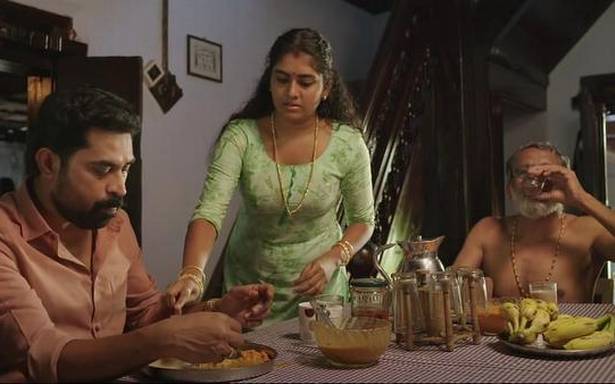Regional cinema represents India in a much more holistic and meaningful manner than Bollywood
For long, Indian cinema has been synonymous with Bollywood. However, the pandemic-induced growth of over-the-top (OTT) platforms has opened up new vistas for audiences to watch and appreciate films from other parts of the country. Bollywood, which is largely influenced by the ebbs and flows of the box office, has often failed to capture the social complexities of Indian society. It is still quite distant from the experiences and sensibilities of the masses. It generally follows an escapist approach, where storytelling becomes a commodity. On the other hand, Malayalam, Assamese, Bengali, Marathi and Tamil cinema, to name a few, frequently depict gender, religious, caste and class disparities.
This is not to say that fantasy, which provides a break from the dreariness of our daily lives, is not an important aspect of cinema. But it is the safe distancing of Hindi cinema from hard-hitting issues such as the atrocities committed against Dalits and Muslims, religious majoritarianism, sexual inclusivity and class barriers that are a major concern.
Pushing boundaries
The cinematic treatment of Bollywood has been formulaic. Films either derive inspiration from the West or are compelled by the process of globalisation. Over the past few years, Bollywood has churned out many hyper nationalist films, films that misrepresent minority communities, and films that assert a certain culture, thus furthering the majoritarian nation-building project.
On the other hand, regional cinema is constantly pushing boundaries with experimental takes on social and political issues. In recent years, Tamil cinema has revolutionised the art with larger social observations. Filmmakers like Mari Selvaraj, Pa. Ranjit and Vetrimaaran have produced films that explore the issues of the common man. They represent the voice of the subaltern without being apologetic unlike their counterparts in Bollywood. Mari Selvaraj and Pa. Ranjit are known for making films centred around Dalit lives. In the 1970s and ‘80s, there was a wave of parallel cinema in Bollywood which spoke of the victimisation of Dalits. However, in contemporary Tamil cinema, Dalits are not victims; they are assertive protagonists who actively fight back against upper caste assertion. Through his films Kabali and Kaala and most recently Sarpatta Parambarai, Pa. Ranjithhas brought to us Dalit heroes, who are rare in Indian film history. Mari Selvaraj has established the normalisation of Dalit characters through Pariyerum Perumal and Karnan. These films further the politics of social justice in subtle ways instead of depicting communities as pitiable beneficiaries of certain policies and lacking in dignity.
Another regional industry which has resonated with the larger Indian audience is the Malayalam industry. Malayalam cinema is known to reflect on contemporary concerns and anxieties. Most Malayalam films have small budgets, but their impact is immense because of their fresh take on common people-centric stories. Jeo Baby’s The Great Indian Kitchen, for instance, can be considered as one of the biggest disruptors of normative gendered labour and relations. While questioning regressive gendered practices, the filmmaker employs a layered and minimalist approach to drive the message home. On the other hand, Bollywood’s approach tends to be loud and sensational, with a greater focus on costume, set design, light, colour, and location than the subject at hand. In Dileesh Pothan’s Maheshinte Prathikaaram, even the slippers of the character played by Fahad Faasil has an important role to play. Regional films are often replete with metaphors and symbols.
Politics of majoritarianism
Today, when hyper nationalism is at its peak, Bollywood often acts as a tool in the hands of the majoritarian nation-building project. Many Hindi films use the archaic trope of cultural assertion and continue to vilify a particular community while downplaying structural inequalities in society. This trend can be witnessed in the surge in period dramas and biopics of politicians and sportspersons where characters are overglorified. On the other hand, certain filmmakers in Bengali and Marathi cinema, through their politically heightened content, are challenging polarisation and the threat to India’s diversity. Aparna Sen in her 2019 film, Ghawre Bairey Aaj, highlights the jingoism prevalent in the political ecosystem. Another important movie is Nagraj Manjule’s Sairat which treats caste as a political issue.
Regional cinema has woven narratives in a socially conscious manner and has the potential to substantially disrupt class and caste hegemony and majoritarianism. It represents India in a much more holistic and meaningful manner than Bollywood.
Nehal Ahmed is a research scholar of cinema at Jamia Millia Islamia and Faiza Nasir is a lecturer in Political Science
Source: Read Full Article

